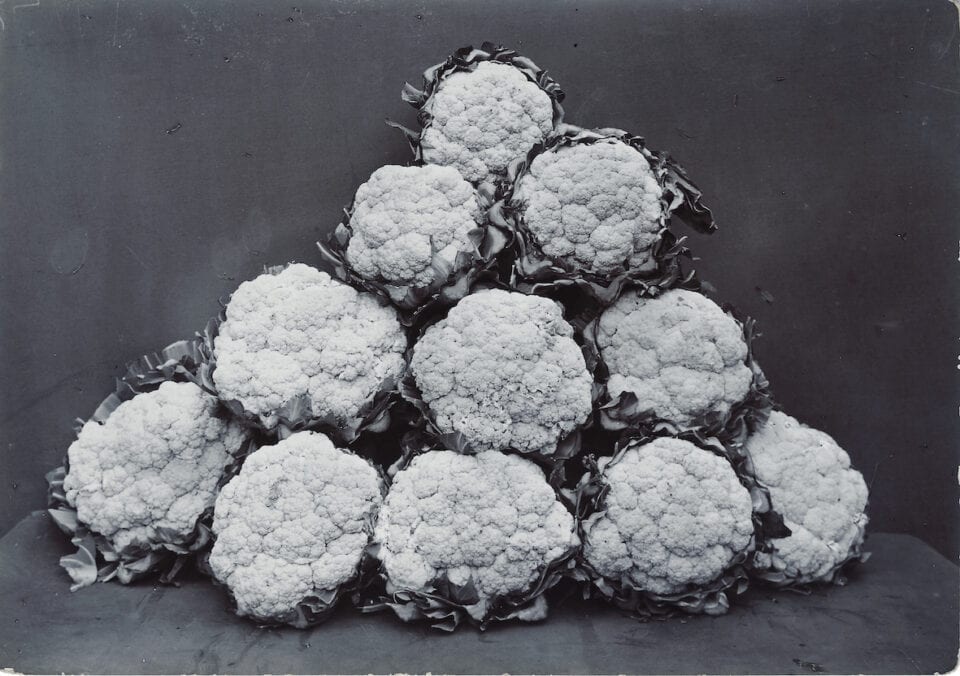“Since the 1800s, photography has gone from being an abstract concept to an integral part of our lives. Now, the lines between documentary and fantasy have never been so blurred.” Unearthedl ooks at the relationship between human beings and nature, as told through the lens. Curator and Creative Producer, Alexander Moore, explains: “For the first photography exhibition here at Dulwich Picture Gallery it was important to make a 200-year narrative accessible. The show is chronological; the rooms mirror certain movements.”
It begins with the camera’s invention in 1840, highlighting some of the first known Victorian images by William Henry Fox Talbot (1800-1877). “In general terms, photography was considered more of a science in Victorian times, but Fox Talbot’s obsession stemmed from his frustration as an artist. Rather than becoming one then the other, I prefer the idea that photography has, and always will be, both a science and an art.” This early duality between expression and investigation can also be seen in by Anna Atkin’s (1799-1871) cyanotypes: camera-less photograms of algae.
The advent of the camera allowed for quick documentation of the landscape, making it an important tool. At the centre of Unearthedis Japanese inventor Ogawa Kazumasa, who created colourful photographs 30 years before the discovery of colour film. Other innovators include Karl Blossfeldt (1865-1932), who captured close-up views of plant specimens to study and share an understanding of nature’s “architecture.”
Moving into the 21stcentury, Richard Learoyd’s (b. 1966) camera-obscura still lifes are made using antiquated processes. The compositions are pale and melancholy, with flowers wilting on wooden plinths in front of pallid grey backgrounds. Meanwhile, Welsh artist Helen Sear’s (b. 1955) Wildflower Arrangementcomprises multiple “portraits” of the Daucus Carota. Pictured against an opulent blood red fabric, the flower is carefully poised, referencing magic realism and surrealism, whilst adopting Elizabethan and Stuart portraiture. Mat Collishaw’s (b. 1966) Auto-Immolationis emotive, as videos of burning orchids are trapped within Gothic arches. Collishaw taps into ancient religious concepts – combining LED technology with sacred ideals to shock and captivate.

These are just some of the 41 practitioners included in Unearthed– a seminal show intended to offer inspiration when we perhaps need it most. Moore continues: “I do want the exhibition to provide hope. Most of the species have existed through wars, depressions, diseases and wider corruption. At times like this, it’s important to remember that we are nature too; we have endured. However, we must also consider our priorities. Difficult choices will undoubtedly have to be made in the coming years and I hope that the preservation of both nature and the arts will be on the agenda. It is these things that have brought us through difficult times in the past.”
Unearthed: Photography’s Roots, Dulwich Picture Gallery, London, Dates TBC. dulwichpicturegallery.org.uk.
Credits:
1. Robert Mapplethorpe, Tulips, 1984. © Robert Mapplethorpe Foundation. Used by permission
2. Charles Jones, Bean Longpod, c.1895 -1910, © Sean Sexton, Photo copyright Dulwich Picture Gallery
3. Imogen Cunningham, Agave Design I, 1920s. © The Imogen Cunningham Trust.
4. Charles Jones, Broccoli Leamington, c.1895-1910, © Sean Sexton, Photo copyright Dulwich Picture Gallery.







